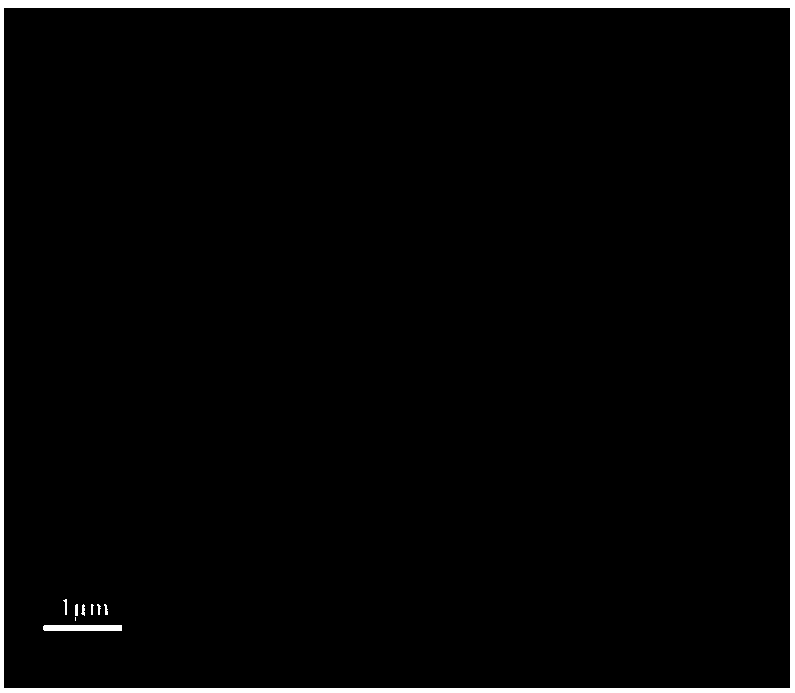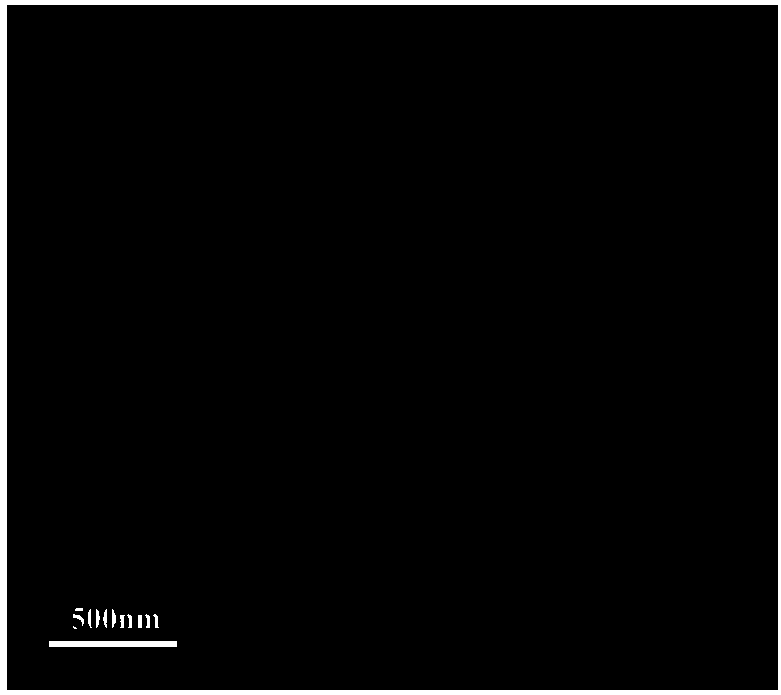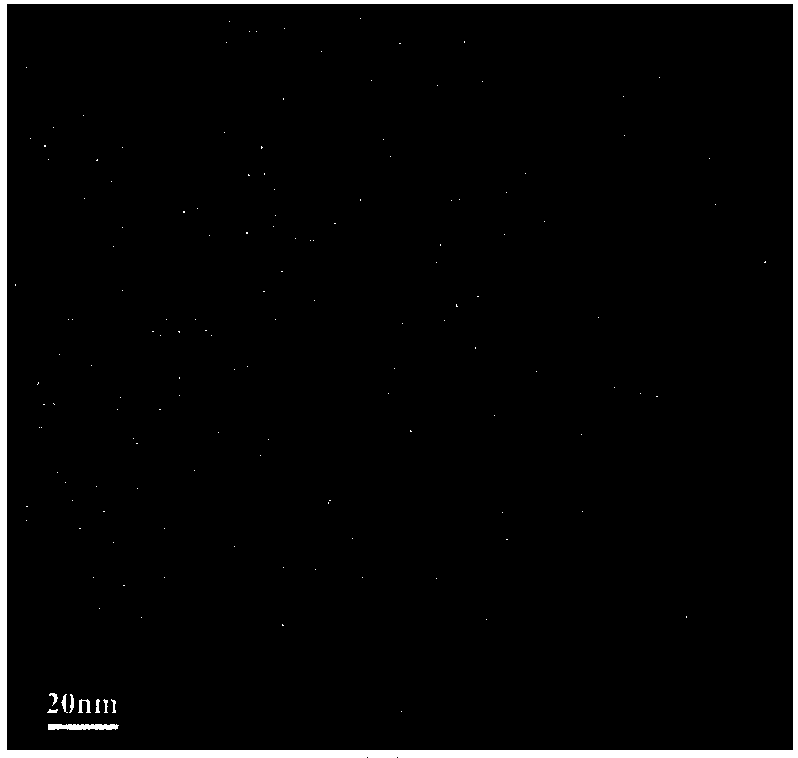Graphene quantum dots-bismuth tungstate composite photocatalyst and preparation method thereof
A technology of graphene quantum dots and bismuth tungstate, applied in the direction of catalyst activation/preparation, chemical instruments and methods, physical/chemical process catalysts, etc. Catalyst degradation activity decline and other problems, to achieve the effect of enhanced utilization rate, stable recombination rate, reusable, shortened production cycle
- Summary
- Abstract
- Description
- Claims
- Application Information
AI Technical Summary
Problems solved by technology
Method used
Image
Examples
Embodiment 1
[0041] A graphene quantum dot modified bismuth tungstate composite photocatalyst is prepared by a microwave method. The graphene quantum dot modified bismuth tungstate composite photocatalyst uses bismuth tungstate as a carrier and supports graphene quantum dots.
[0042] In this embodiment, the mass fraction of graphene quantum dots in the graphene quantum dot-modified bismuth tungstate composite photocatalyst is 3%.
[0043] In this example, the graphene quantum dot-modified bismuth tungstate composite photocatalyst is a flower-shaped structure composed of single-layer bismuth tungstate nanosheets, with a diameter of about 2 μm.
[0044] In this embodiment, the graphene quantum dots have a diameter of about 5 nm.
[0045] The preparation method of the graphene quantum dot modified bismuth tungstate composite photocatalyst in the above-mentioned present embodiment comprises the following steps:
[0046] 1. Preparation of graphene quantum dots (GQDs)
[0047] (1) Put graphit...
Embodiment 2
[0068] In this example, the difference from Comparative Example 1 is that the bismuth tungstate photocatalyst is prepared in a hydrothermal reaction kettle, the hydrothermal reaction temperature is 140°C, the reaction time is 24h, and the rest of the parameters are the same, named "hydrothermal method-Bi 2 WO 6 ".
Embodiment 3
[0070] In this embodiment, the difference from Example 1 is that the graphene quantum dot content is 1%, and the rest are all the same, named 1%GQDs / Bi 2 WO 6 .
PUM
| Property | Measurement | Unit |
|---|---|---|
| particle size | aaaaa | aaaaa |
| size | aaaaa | aaaaa |
| diameter | aaaaa | aaaaa |
Abstract
Description
Claims
Application Information
 Login to View More
Login to View More - R&D
- Intellectual Property
- Life Sciences
- Materials
- Tech Scout
- Unparalleled Data Quality
- Higher Quality Content
- 60% Fewer Hallucinations
Browse by: Latest US Patents, China's latest patents, Technical Efficacy Thesaurus, Application Domain, Technology Topic, Popular Technical Reports.
© 2025 PatSnap. All rights reserved.Legal|Privacy policy|Modern Slavery Act Transparency Statement|Sitemap|About US| Contact US: help@patsnap.com



